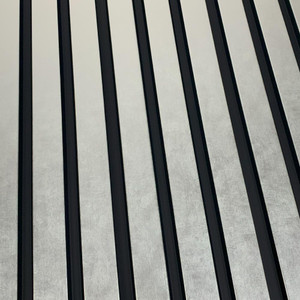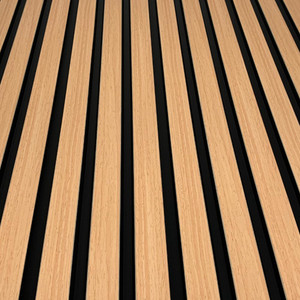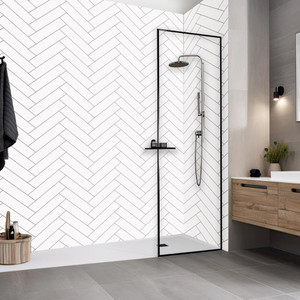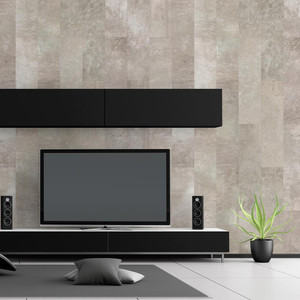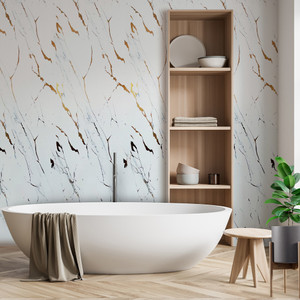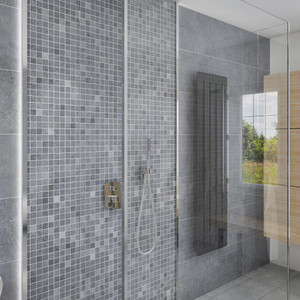Frequently Asked Questions
Which wall should be the feature wall?
The general rule of thumb when creating a feature wall is to choose the wall which draws the most attention when you enter the room. Typically, this is the wall opposite the door. But this might not always be suitable, so consider the following factors:
- The wall with the most natural light, this will accentuate and highlights the walls features.
- A wall that is free of obstructions, such as windows, furniture or a chimney, it should be a canvas for your creativity and the star of the show!
- If you prefer your wall not to be entirely plain, choose a wall that has an interesting architectural detail, such as a fireplace, which complements the feature wall.
Are feature walls outdated?
Feature walls are more popular than ever, as they can be created from many different styles, old fashioned or modern. Some designers say that feature walls are a bit passé, but this depends on the style. For a modern feature wall, try slat wall panels, the modern sleek look was also seen in the 70s, but it is a contemporary feature with acoustic felt for acoustic benefits.
Can you have two feature walls in one room?
Traditionally a feature wall was one strategically chosen wall. However, you can have as many feature walls as you would like. Many rooms have multiple entrances, so having two feature walls, facing the doorways would make sense. And you might also have a feature room, a room where all the walls are accented and designed to stand out.
Does a feature room make a room look smaller?
It depends on the colour! If the feature wall is a light or neutral colour, it can visually expand the space, if its dark, it might have a contracting effect. A cluttered or busy feature wall can also make the room feel smaller, whilst a minimalist one can enlarge it.


